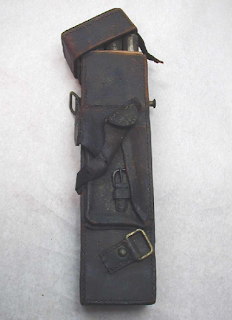With the uncertainty that comes with our nation's present situation, I've been trying to limit my purchases to the necessities. However, I've come across a few intriguing titles at good prices, so I decided to also try to do my little part to help buoy the consumer confidence figures.
I'm a big fan of social history studies. Over the past 40 years or so historians have tackled a diversity of topics; everything from sensory history to how clocks and time keeping have changed how people of the past lived. With American Lucifers: The Dark History of Artificial Light, 1750-1865, author Jeremy Zallen looks into a subject we all too often take for granted in the 21st century . . . until we lose power. It looks to be an enlightening read! Pun intended.
I first became acquainted with Sam Wineburg's writing while working with history educators in Kentucky. His books like Reading Like a Historian, and Historical Thinking and Other Unnatural Acts, along with his work with the Stanford History Education Group were effective in getting teachers to think about how to make their instruction more effective. His latest book, Why Learn History (When it's Already on Your Phone) shows that historical thinking skills are still important despite having information available virtually at the swipe of a screen. Historical thinking goes far beyond just reciting facts. It is about weighing evidence and judging the soundness of arguments, among other things. I can't think of much anything more needed in our society right now.
I think I've mentioned several times before that I'm not a big reader of historical fiction, but every now and then it's nice to take a break from the historical arguments and theoretical approaches of academic books and just dive into a good story. I became aware of Two Brothers: One North, One South by David H. Jones about 12 years ago when it first came out. Based partly on events that occurred during the April 2, 1865 Petersburg Breakthrough, and involving a Maryland family's brother versus brother situation, it has the potential to be quite an interesting tale. We shall see.
Happy reading! Stay well!



























